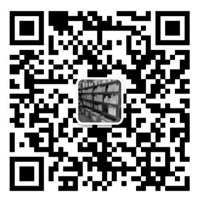-
-
Product
-

22
2024
-
04
Rolling bearing type selection-07
Calculation of loads and equivalent loads
In order to determine a bearing load rating that meets the requirements, all forces to which the equipment is subjected must be taken into account, as well as the corresponding time each force acts on the bearing during a given cycle.
The various situations or operating conditions to which a bearing is subjected can be tabulated. Note that the bearing load unit here is N, the rotational speed unit is r/min, and the effective action time percentage of each situation within the predetermined life time of the bearing is expressed. These can be simplified to equivalent loads P, which are then determined using appropriate equations for each case. Special attention should be paid to the fact that working conditions such as bearings carrying heavy loads but not moving are particularly dangerous because small indentations are formed on the rolling elements and rings, resulting in a powerful impact, just like a car tire rolling over a pothole. Such small indentations like pits can quickly develop into pitting corrosion during operation, leading to bearing failure.
The other extreme condition is just the opposite, that is, high speed but little load. If no preload is applied at this time, the rolling elements will slide greatly on the raceway, which will cause rapid overheating, lubricant decomposition and damage, and permanent damage.
An important load that is often overlooked in bearing selection is the radial and axial forces generated by the equipment itself. The weight of the gears and the tension of other components and even the weight of the shaft are important forces that should be added to the total load.
Contact
Phone:+8613585510566
Email:sales@rm-bearing.com
WhatsApp No:+8613585510566
Wechat No:13585510566
Address:63 Liantai Road, Baoshan District, Shanghai


©2023 Shanghai Ruomi Bearing Co., Ltd. SEO Business License


